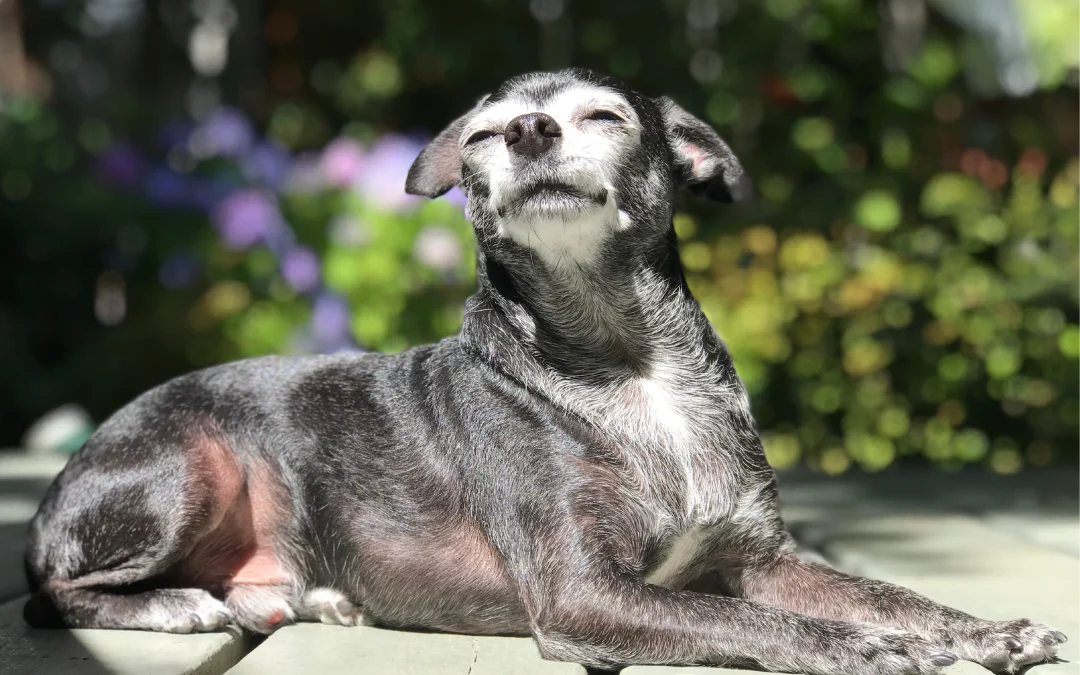Extra Care for Your Golden Oldie
As dogs age, their needs change -from their diet and exercise routine to their medical care. Grooming is no exception. What once worked for your energetic young pup may no longer be right for your senior dog. Older dogs often have more sensitive skin, achy joints, or health conditions that require special attention during grooming.
This beginner’s guide will help you understand why grooming is especially important for senior dogs, what adjustments to make, and how to keep your faithful companion comfortable, healthy, and happy throughout their golden years.
Why Grooming Is So Important for Older Dogs
When dogs get older, their skin becomes thinner, their coats may change texture, and they may groom themselves less often. This makes them more prone to mats, dry skin, or even infections. Regular grooming sessions allow you to catch these issues early.
It’s also a chance to check for lumps, bumps, or other changes that might need a vet’s attention. Grooming isn’t just about appearance -it’s an opportunity to monitor your dog’s overall health.
Adjusting Brushing for Senior Coats
Senior dogs may not tolerate long grooming sessions, so shorter, more frequent brushing is best. Gentle brushes work well for thinning coats, while slicker brushes are useful for tackling mats.
Brushing stimulates circulation, distributes natural oils, and helps your dog feel more comfortable. Plus, it’s a soothing bonding activity when done gently and with plenty of praise.
Bathing Older Dogs with Care
Bathing senior dogs requires a little extra thought. Use lukewarm water to keep them comfortable and always choose a gentle, moisturizing shampoo designed for sensitive skin.
Because many older dogs have arthritis or joint stiffness, consider using a non-slip mat in the bath and supporting them with your arm. Keep the session short, and dry them thoroughly afterward to prevent chills. If lifting them into a tub is difficult, a professional groomer may be the safest option.
Nail Care for Better Mobility
Nails that are too long can make walking painful, especially for dogs with arthritis. Senior dogs are often less active, which means their nails don’t naturally wear down as much as they used to.
Regular trims improve posture, balance, and comfort. If you’re nervous about trimming at home, a groomer can handle it quickly and safely. Keeping nails short is one of the simplest ways to support your senior dog’s mobility.
Keeping Ears and Teeth Healthy
Older dogs can be more prone to ear infections and dental problems. Gentle ear cleaning with a vet-approved solution keeps ears free from wax and debris, while brushing your dog’s teeth helps prevent gum disease and bad breath.
Many groomers offer add-on services like ear cleaning and teeth brushing, making it easy to stay on top of these important tasks. Regular care in these areas can significantly improve your senior dog’s quality of life.
Creating a Stress-Free Grooming Experience
Patience is key when grooming senior dogs. Keep sessions calm, quiet, and positive. Use treats or gentle reassurance to make the process enjoyable. If your dog struggles with long grooming visits, break tasks into shorter sessions or choose a groomer experienced with older pets.
Your senior dog may not tolerate standing for long periods, so allow breaks or use supportive equipment. Comfort should always come first.
Conclusion
Grooming is more than just keeping your senior dog looking tidy -it’s an essential part of their health and comfort. With a little extra patience, gentleness, and attention to their changing needs, you can make grooming a positive experience for your golden oldie.
By adjusting your approach, you’ll help your loyal companion stay comfortable, clean, and happy well into their later years. After all, they’ve given you years of love -and they deserve the very best care in return.


Recent Comments